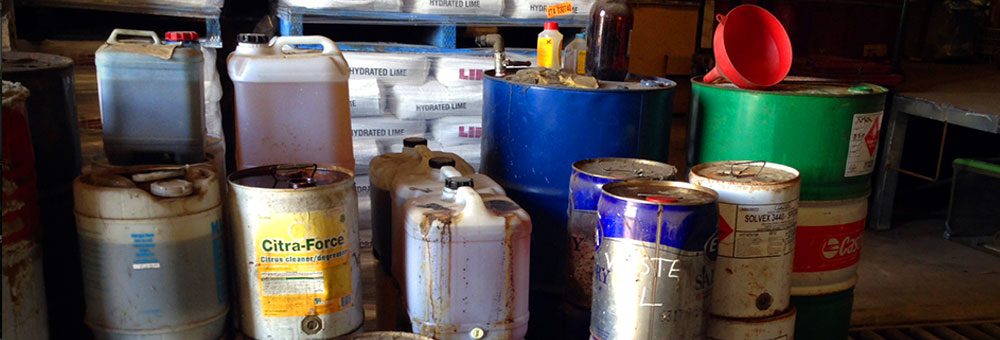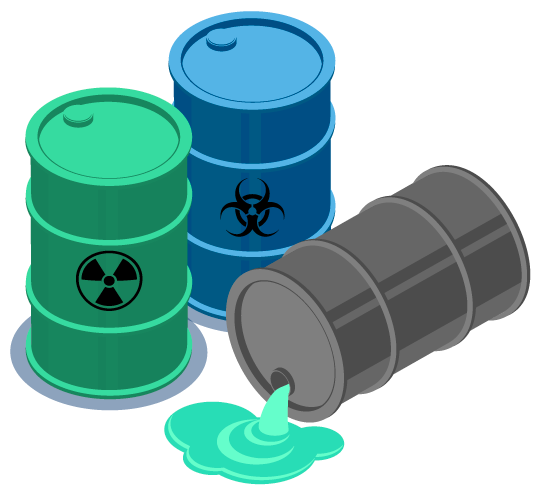Comprehensive Liquid Waste Disposal: Solutions for Residences and Businesses
Comprehensive Liquid Waste Disposal: Solutions for Residences and Businesses
Blog Article
Exactly How Liquid Waste Disposal Functions: A Thorough Review of Strategies and Technologies Used

Summary of Liquid Waste Types
The intricacy of fluid waste kinds requires a thorough understanding of their characteristics and implications for disposal. Fluid waste can generally be classified into several kinds, consisting of commercial, local, agricultural, and dangerous waste. Each category exhibits distinctive properties, calling for particular administration techniques to mitigate ecological and health and wellness dangers.
Industrial fluid waste originates from manufacturing procedures and commonly consists of a series of pollutants, such as heavy steels, solvents, and natural compounds. Community liquid waste, primarily consisting of wastewater from families and commercial facilities, has organic issue, nutrients, and pathogens (industrial wastewater treatment). Agricultural fluid waste, including drainage from ranches, may contain plant foods, pesticides, and pet waste, positioning risks to water quality and ecological communities
Dangerous liquid waste is characterized by its poisoning, sensitivity, or potential to cause damage. Recognizing these varied fluid waste kinds is essential for establishing reliable disposal methods and making certain conformity with environmental policies.
Physical Treatment Techniques

Testing is the initial step, where bigger fragments and particles are eliminated from the fluid waste utilizing screens or grates. This process protects downstream equipment from damages and ensures smoother operation. Complying with screening, sedimentation utilizes gravitational pressure to different solids from liquids. In sedimentation tanks, heavier fragments clear up at the bottom, forming a sludge layer, while the cleared up liquid can be further dealt with.
Filtering is another essential approach that involves passing the liquid via porous products, such as sand or membranes, to record smaller particles. This action improves the quality of the liquid, making it suitable for subsequent treatment processes.

Chemical Therapy Strategies
Chemical treatment strategies are necessary for effectively taking care of liquid waste, specifically in attending to dissolved and colloidal pollutants that physical approaches may not appropriately eliminate. These techniques use various chemical agents to reduce the effects of, speed up, or transform unsafe compounds right into much less hazardous kinds.
One common method is coagulation and flocculation, where chemicals such as alum or ferric chloride are included in promote the aggregation of suspended fragments. This process boosts sedimentation, enabling for less complicated removal of the resulting sludge. In addition, oxidation procedures, using agents like chlorine or ozone, are utilized to damage down intricate organic compounds and microorganisms, rendering the find waste much safer for discharge or further treatment.
Neutralization is one more essential technique, which adjusts the pH of acidic or alkaline waste streams to neutral degrees, protecting against potential harm to downstream systems and the environment. Additionally, advanced oxidation processes (AOPs) utilize mixes of oxidants and ultraviolet light to degrade persistent pollutants, achieving a higher level of treatment performance.
Organic Treatment Processes
Biological treatment processes play a crucial role in the monitoring of fluid waste by making use of microbes to decay raw material and lower impurity degrees. These procedures can be extensively categorized into anaerobic and aerobic treatments, each employing specific microbial areas to attain efficient waste destruction.
Cardio therapy includes the use of oxygen to facilitate the breakdown of natural products by microorganisms. This process is typically executed in turned on sludge systems, where oygenation storage tanks supply a favorable environment for microbial development, bring about the oxidation of organic pollutants. The resultant biomass can be divided from dealt with effluent with sedimentation.
In contrast, anaerobic therapy happens in the absence of oxygen, counting on various microorganisms to break down raw material. This method is specifically beneficial for high-strength waste, as it produces biogas, a renewable resource resource, while decreasing sludge manufacturing. Technologies such as anaerobic digesters are often employed in metropolitan and industrial applications.
Both cardio and anaerobic organic therapies not only decrease the environmental influence of liquid waste yet likewise help with source recovery, making them crucial elements of lasting waste management approaches. Their performance, adaptability, and effectiveness support their extensive implementation throughout various fields.
Emerging Technologies in Disposal
Cutting-edge methods to fluid waste disposal are swiftly progressing, driven by improvements in innovation and an enhancing focus on sustainability. Among these emerging innovations, membrane layer bioreactors (MBRs) have actually obtained traction for their ability to integrate organic therapy with membrane layer purification, leading to top notch effluent that can be recycled in numerous applications. MBRs make it possible for smaller footprints and extra efficient operations compared to conventional systems.
One more appealing development is using anaerobic food digestion incorporated with nutrient recuperation modern technologies, which not just deals with fluid waste yet also creates biogas and recoups beneficial nutrients like nitrogen and phosphorus. This twin advantage boosts source performance and lowers ecological effect.
Furthermore, progressed oxidation processes (AOPs) are being adopted for the degradation of complex natural toxins. These techniques make use of effective oxidants and stimulants to break down contaminants at the molecular level, supplying an extremely reliable solution for difficult waste streams.
Furthermore, the integration of expert system and maker discovering in waste administration systems is optimizing functional effectiveness and predictive upkeep, bring about lowered expenses and improved ecological compliance. These technologies mirror a considerable shift in the direction of even more sustainable and reliable fluid waste disposal practices.
Final Thought
In conclusion, efficient fluid waste disposal demands a comprehensive understanding of different methods and modern technologies. By constantly progressing these techniques, it becomes possible to deal with the growing obstacles associated with liquid waste, eventually contributing to about his ecological security find this and source recuperation.
Liquid waste disposal is an important facet of environmental monitoring, calling for a comprehensive understanding of different methods and technologies customized to different waste types. Fluid waste can generally be categorized right into several kinds, including industrial, municipal, agricultural, and hazardous waste. Agricultural liquid waste, consisting of overflow from ranches, might consist of plant foods, pesticides, and animal waste, positioning risks to water quality and communities.
Different physical treatment methods play a crucial role in managing fluid waste efficiently - industrial wastewater treatment.In final thought, efficient liquid waste disposal necessitates a comprehensive understanding of different techniques and technologies
Report this page